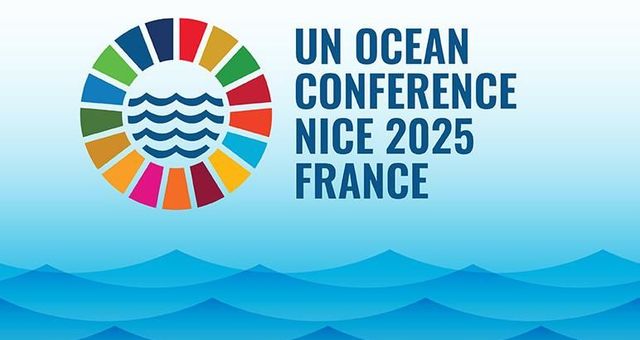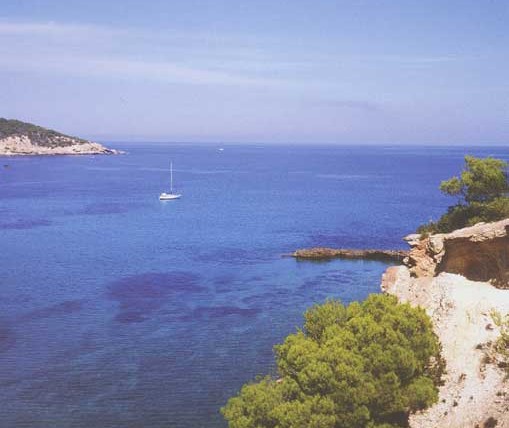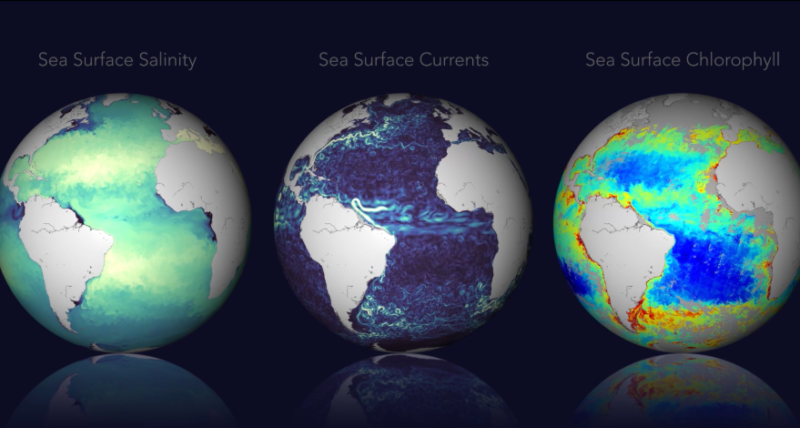Patricia Ricard, President of the Paul Ricard Oceanographic Institute, reflects on the third United Nations Ocean Conference (UNOC-3), held in Nice from June 8 to 13, 2025.
The third United Nations Ocean Conference (UNOC-3) took place in Nice from June 8 to 13, 2025, bringing together 64 heads of state and 12,000 delegates. It was preceded by the One Ocean Science Congress (June 3–7), during which 2,500 scientists issued ten key recommendations. The first edition of the Starfish Barometer, an annual indicator on the state of the oceans, was also unveiled. In addition, a Blue Economy and Finance Forum was held in Monaco on June 7 and 8.
The BBNJ Treaty (Biodiversity Beyond National Jurisdiction), aimed at protecting the high seas, will enter into force in January 2026, after being ratified by more than 70 countries in just two years. It marks a turning point by establishing an Ocean COP (COP1 scheduled for late 2026 in New York), with a legally binding treaty—unlike current ocean conferences.
France advocated at UNOC-3 for the protection of the seabed, which covers 64% of the ocean surface. In the face of deep-sea mining efforts, around 40 countries joined forces to block the swift adoption of a mining code, calling for a moratorium until further scientific research is conducted.
UNOC-3 also saw the creation of a coalition of nations dubbed the « Ocean Champions, » committed to defending the high seas and opposing deep-sea exploitation.
Finally, the conference launched Mission Neptune—a global initiative with an $80 billion budget to explore the oceans over the next 15 years, through cooperation between oceanographic fleets, space agencies, and NGOs.
Source: radiofrance




